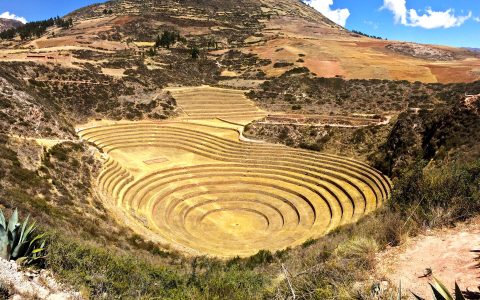At Lima's Maido Restaurant,
a Nikkei with a Knife
– and a Vision

Mitsuharu Tsumura had a problem.
Well, “problem” may have been too strong a word. Call it a conundrum.
Just 28 years old at the time, the young Peruvian Nikkei, a member of Peru’s sizeable Japanese diaspora, was being offered a job as the General Manager of the Sheraton Lima.
He had spent the last three years at the Sheraton, well known for its excellent Peruvian cuisine, working his way up from sous chef to Food & Beverage Manager.
If he accepted this latest job offer, he’d become the youngest hotel General Manager in the world, a prestigious post irresistible to the vast majority of the hospitality industry’s young, ambitious talents.
Except.
Mitsuharu had a vision.
A Japanese Journey

Cut to seven years earlier. At the tender age of 21, having freshly graduated from chef school at Rhode Island’s Johnson & Wales University, the young Mitsuharu returned to Peru intent on opening his own steak and sushi restaurant.
To you and I this may sound like a natural next step for a young, ambitious chef of Japanese heritage. But to Mitsuharu’s father, a Japanese national, it made no sense at all.
“How are you going to prepare sushi if you have never been to Japan?” he asked his son.
Unable to answer, Mitsuharu booked a plane ticket.
Savour Peru with
B&R and Saveur
On our Peru Saveur Culinary Journey, we’ve partnered with Saveur magazine to uncover incredible flavours in Lima. From cutting edge restaurants to traditional tastes of Peru’s exceptional culinary legacy, there’s nowhere we’d rather be eating right now in South America.
DETAILED ITINERARYStarting From the Bottom
In Peru, Mitsuharu was an up and coming young chef with a fancy degree from America. In Japan, he was an unknown entity with no local experience to speak of.
 But if nothing else – and there was, truly, nothing else – he had a connection. His grandparents, who still lived in Japan, introduced him to a man named Mr. Hirai, the owner of a well known restaurant called Seto Sushi.
But if nothing else – and there was, truly, nothing else – he had a connection. His grandparents, who still lived in Japan, introduced him to a man named Mr. Hirai, the owner of a well known restaurant called Seto Sushi.
After watching him filet fish, Mr. Hirai agreed to give Mitsuharu a job. The pay was nonexistent and the work gruelling. It was a start.
For four months Mitsuharu showed up everyday to wash dishes, never so much as touching a knife. After establishing himself as a competent dishwasher, he was elevated to the post of knife sharpener. Eventually he became proficient enough to sharpen knives for every chef in the restaurant, a huge honour by the standards of Japanese restaurants.
Though he was still miles away from being able to prepare food for the restaurant, in Japan everything has a purpose. While he wasn’t yet making sushi, he was watching, observing the masters, and learning patience and discipline. It was a quintessentially Japanese apprenticeship.
 Working His Way Up
Working His Way Up
Around this time, he started practicing his own knife skills. To master the fine art of sushi making he would practice on rice and gherkins, preparing thousands of them to hone his skills.
He continued to work his way up the ladder at Seto, taking over responsibility for receiving and cleaning seafood. This eventually led to filleting and preparing fish, cooking rice for the staff’s meals and working behind the bar, until one day, two years after arriving in Japan, he had finally earned his keep.
Mitsuharu began to make sushi.
Pulled Back to Peru
 He stayed in Japan for eight more months perfecting his craft until one day Mitsuharu felt the pull of his native Peru beckoning him back home.
He stayed in Japan for eight more months perfecting his craft until one day Mitsuharu felt the pull of his native Peru beckoning him back home.
The Sheraton Lima, where he had interned years ago, invited him to return as a member of their chef team, where he began his journey up the hotel’s ranks.
And now here he was, three years after returning to Peru and on the precipice of the hotel’s highest position, feeling conflicted.

A Conundrum Turned Culmination
Again he turned to his father for advice and again his father was stern and resolute – but this time, he had very different advice for his son.
“Son, you have proved to be a good worker and I am going to invest in you,” he said. “Open your restaurant, I will support you.”
Today that restaurant is Maido, where Mitsuhara draws from his experience and heritage to prepare Japanese and Peruvian dishes, telling a story with each plate he serves.
In 2016, Mitsuhara and Maido landed at number 13 on the coveted World’s 50 Best Restaurants list (and number 2 in Latin America), winning the Highest Climber Award in the process.
He’s come a long way since that conundrum.
Prime Your Peruvian Palate
Fortunately, you don’t need to spend two years apprenticing at a Japanese sushi restaurant to develop a taste for Mitsuhara’s cooking.
He’s generously provided us with the below recipe for Amazonic Beans, which you can try preparing at home.

Amazonic Beans
Serves 4
Ingredients
For beans:
Avocado Cream 60 gr (RB)
Sauteed beans 60 gr (RB)
Sweet Quince 12 cubed
Grain Soil 8 gr (RB)
Ponzu gel 4 gr (RB)
Crispy Quinoa 12 units (RB)
Sprouts and flowers
For avocado cream:
1 Clean avocado
Dashi 80 ml (RB)
Cilantro 8 gr
Salt 4 gr
Juice of 3 lemons
For Dashi (1/2 litre):
1/2 Lt. Water
6 gr Kombu
10 gr Katsuobushi
For sauteed beans:
Regional cooked beans 60gr
Or any beans you like.
Chopped red onion inbrunoise 8gr
Chopped garlic in brunoise 4 gr
Chopped ginger 4 gr
Sesame oil 20 ml
Salt
Pepper
For the Sweet Quince:
Quince 200 gr
White sugar 100 gr
Cinnamon 2 gr
Water 200 ml
For the Grain Soil:
Ground coffee 35 gr
Honey 50 gr
flour 20 gr
Unsalted butter 15 gr
Ponzu Gel (250 gr):
Ponzu 250 ml
Xantana 2 gr
Crispy Quinoa (20 units )
Black Quinoa 50 gr
Instructions
For Avocado Cream:
In a blender add all the ingredients and process until you get a smooth cream. Reserve cold.
For Dashi:
Hydrate the kombu in water for 12 hours. In a saucepan place the water with kombu to medium heat until it reaches 80 degrees C° and after reaching this temperature add the katsuobushi and put out the fire. Leave to infuse for 20 minutes with the lid on. After 20 minutes, strain with a thin gauze to prevent remains.
For Sauteed Beans:
In a pan saute the garlic with the onion, the ginger and the cooked beans for about 2 minutes and season with salt and pepper, add the sesame oil and put out the fire. Reserve cold.
For the Sweet Quince:
Clean the quince and cut into 1-cm cubes, with the excess of quince make an infusion with cinnamon and reserve. In a pan make a syrup with water and sugar and add the cubes of quince with the previous infusion and cook for 3 minutes. Reserve cold.
For the Grain Soil:
Temper the butter. Crush the Chulpi corn until obtain a kind of coarse ground. In a bowl mix all ingredients until you have a kind of dough. Spread the dough on a plate and bake at 150 degrees C. for 10 minutes. Remove, let cool and keep in a sealed container.
For the Ponzu gel:
With a mixer blend the ingredients until the Ponzu take gel texture. Reserve cold.
For the Crispy Quinoa:
In a blender place the Quinoa with little water and blend until completely ground, place the mixture in a pan and cook for 10 minutes over medium heat. Roll out the mixture on a Silpat , try to stretch as thin as possible and bake at 120 degrees for approximately 30 minutes. Reserve in a dry place.
In a cold dish place as a base a line of avocado cream. On top of the avocado cream place the sauteed beans simulating a kind of garden. Embed the crispy quinoa on the avocado and placed the quince´s cubes. Finish the plating putting Ponzu gel drops and grain soil and decorate with flowers and sprouts.
Serve cold.
MORE FROM Latin America + Peru
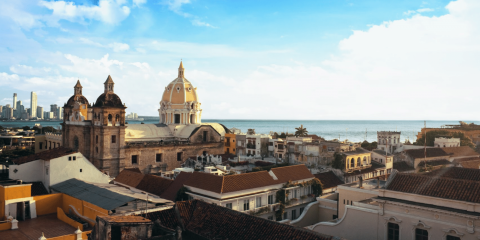
Reading for the Road: The Best Books About Colombia
Colombia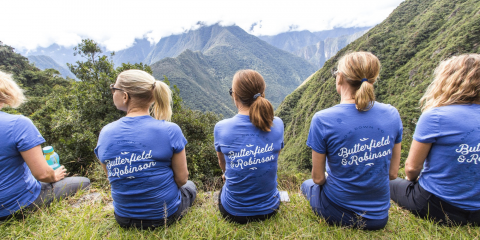
A Wellness Escape to Peru with Butterfield & Robinson
Peru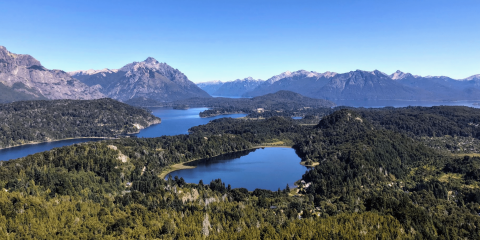
Cruising Through Argentina’s Famous Seven Lakes Road
Argentina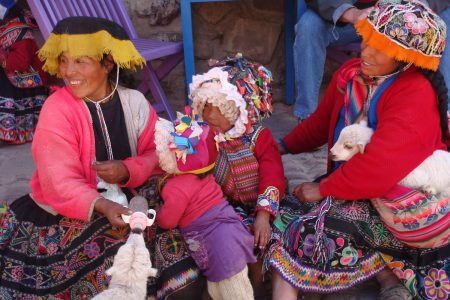
The Slow Fund: Scholarship Fund with Kuska School
Peru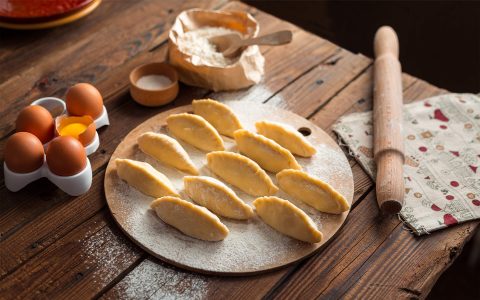
A Taste of South America at Home: Argentinian Beef Empanadas
Argentina
Bespoke Stories: An Off-the-Grid Adventure for a Father & Son in Peru
Peru
Spectacular Stays: The Singular Patagonia
Chile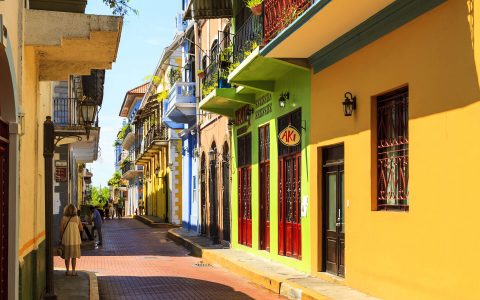
7 Reasons Why You Need to Visit Panama City
Panama
Beyond Buenos Aires: Exploring Northern Argentina
Argentina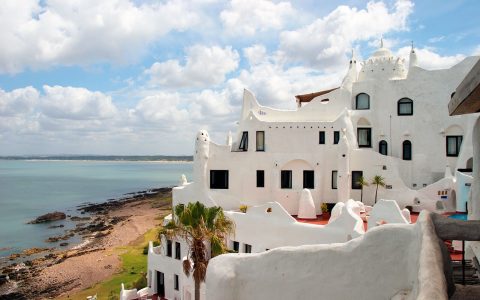
South America’s Best-Kept Secret: Uruguay
Uruguay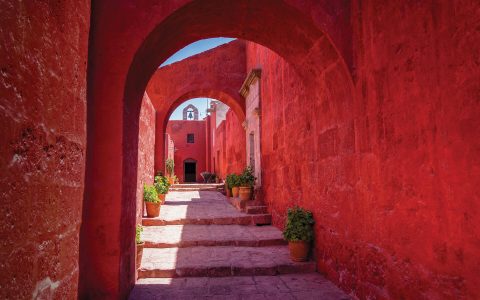
Off the Beaten Trail in Peru
Peru
A New Side of Peru: Arequipa & the Colca Canyon
Peru
Lakes & Volcanoes of Chile and Argentina
Argentina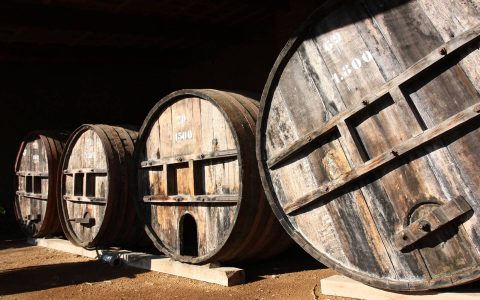
8 Must-Drink Wines From Chile and Argentina
Argentina
Our Favourite 14 Bars in the Americas
Latin America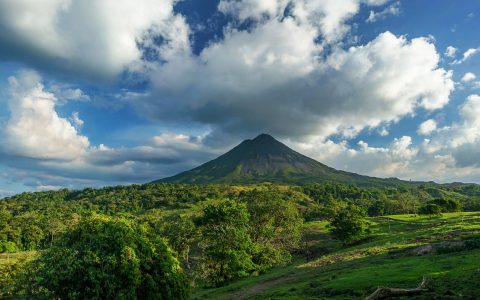
The Best Time of Year to Visit Costa Rica
Costa Rica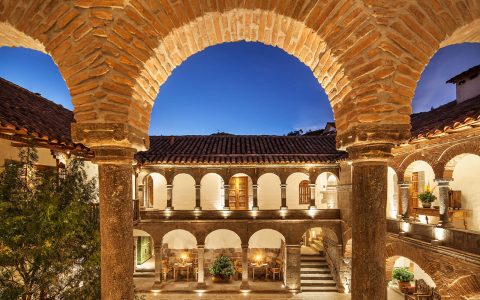
Top 10 Luxury Hotels in Peru
Peru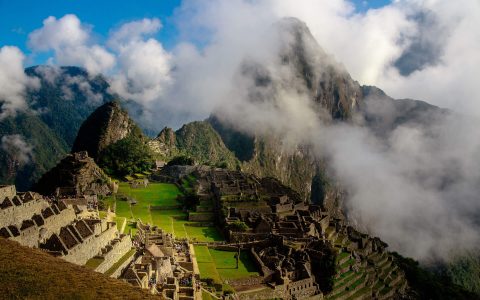
Reading for the Road: Our Favourite Books About Peru
Peru
Embracing Extremes in Patagonia
Patagonia

